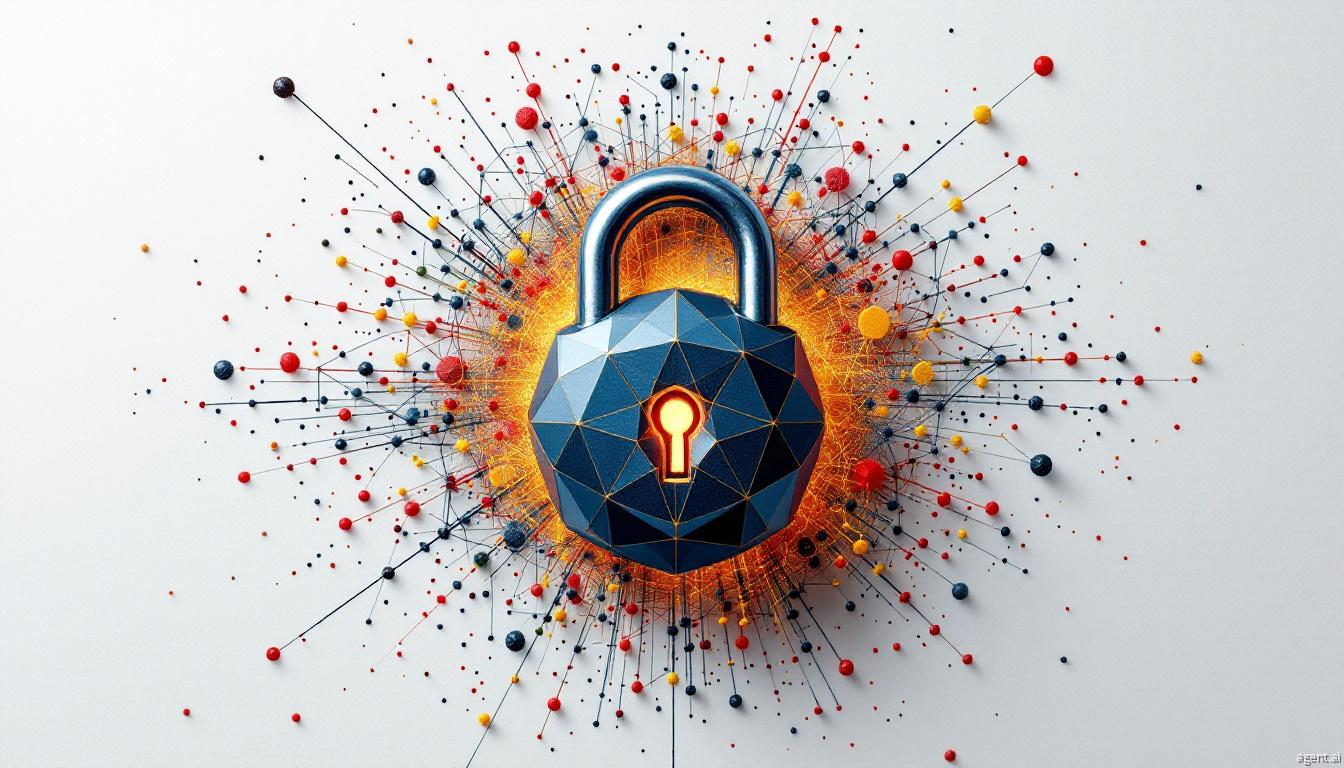Table of Contents
Google Cloud Introduces Quantum Safe Digital Signatures to Protect Future Encryption
Google Cloud has unveiled quantum-safe digital signatures for its Cloud KMS, marking a significant step in protecting digital infrastructure against potential future quantum computing threats.
The new feature aligns with the National Institute of Standards and Technology's (NIST) post-quantum cryptography (PQC) standards, addressing growing concerns about the vulnerability of current encryption methods to advanced quantum computing capabilities.
By introducing quantum-resistant cryptography, Google aims to future-proof encryption systems that could potentially be compromised by cryptographically-relevant quantum computers. The company is offering support for two primary quantum-safe digital signature algorithms: ML-DSA-65 (FIPS 204), a lattice-based digital signature, and SLH-DSA-SHA2-128S (FIPS 205), a stateless hash-based digital signature algorithm.
The initiative comes in response to the emerging "Harvest Now, Decrypt Later" (HNDL) threat model, where adversaries could potentially collect encrypted data today and decrypt it in the future using advanced quantum computing technologies. This approach is particularly crucial for organizations managing long-lived roots-of-trust or signing firmware for critical infrastructure systems.
Google Cloud's implementation will provide customers with the ability to use existing APIs for cryptographically signing data and validating signatures using these new quantum-safe standards. The underlying software implementations will be available as open-source software through Google's cryptographic libraries BoringCrypto and Tink, ensuring transparency and enabling independent security audits.
The company is working closely with Hardware Security Module (HSM) vendors and External Key Manager partners to develop comprehensive quantum-safe solutions. This collaborative approach underscores the importance of preparing digital infrastructure for potential quantum computing threats.
While fully cryptographically-relevant quantum computers remain years away, Google emphasizes the importance of proactive preparation. The company is committed to staying at the forefront of post-quantum cryptography developments, including incorporating future algorithm standards from NIST as they emerge.
Organizations are encouraged to begin testing and integrating these quantum-resistant algorithms into their existing deployments, helping to build a more resilient ecosystem prepared for future technological challenges.
Found this article interesting? Keep visit thesecmaster.com, and our social media page on Facebook, LinkedIn, Twitter, Telegram, Tumblr, Medium, and Instagram and subscribe to receive tips like this.
You may also like these articles: Here are the 5 most contextually relevant blog posts:
Anthony Denis
Anthony Denis a Security News Reporter with a Bachelor's in Business Computer Application. Drawing from a decade of digital media marketing experience and two years of freelance writing, he brings technical expertise to cybersecurity journalism. His background in IT, content creation, and social media management enables him to deliver complex security topics with clarity and insight.
